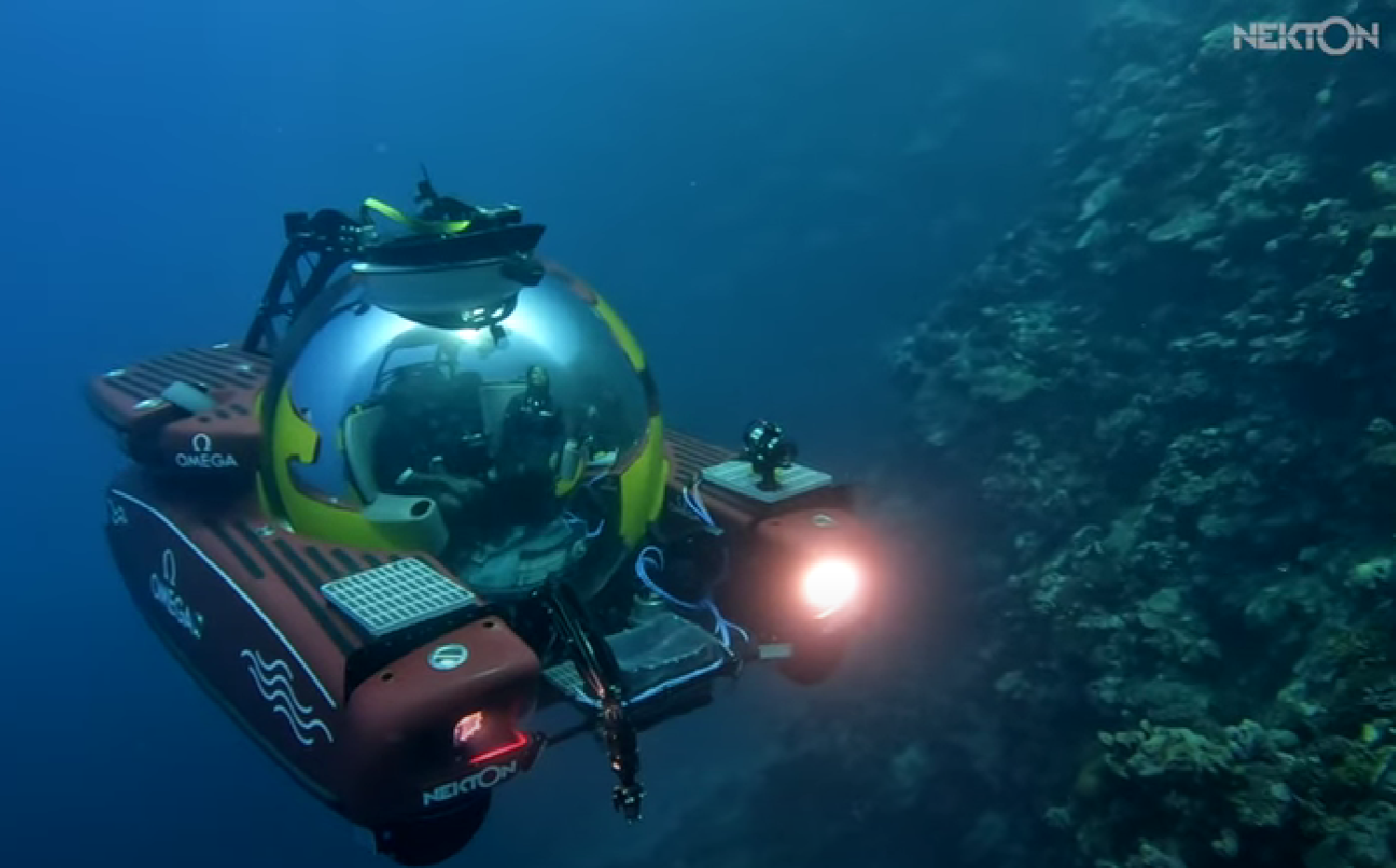Inputs by Swasti Sharma
The Nekton mission is a global research mission.
Scientists from this mission were trying to find the Maldivian atolls (these atolls are built from volcanic subsea layers and fossilised carbonate reefs.) but found something different.
They discovered an ecosystem (a geographic area where plants, animals, and other organisms with weather and landscape, work together to sustain life.)
500 metres deep in the Indian ocean.
The scientists have named this ecosystem ‘The Trapping zone’.
According to the various biological samples, video evidence, and extensive sonar mapping (navigation/ mapping through sound waves), the megafauna predators like sharks feed on groups of small sea creatures called micro- nekton.
Nektons are the small aquatic organisms that can swim independently without any effect of current. The micro nektons and nektons feed on zooplanktons (plankton can only swim with the ocean currents, unlike nektons, who can swim independently). Nektons are greater than 10 cm and micro-nektons are of size 2cm- 10 cm. They basically migrate from deep sea to surface at night and from surface to deep sea at dawn.
The animals which are trapped in the depth of 500 metres are quite rare and form this new ecosystem, hence called ‘The Trapping zone’.

Some of the animals like Tiger sharks, six gill sharks, sand tiger sharks, dog fish, gulper sharks, scalloped hammerhead fish, silky fish and bramble sharks were also discovered there.

Images: Other than the Wikipedia image, all images from the Nekton mission

